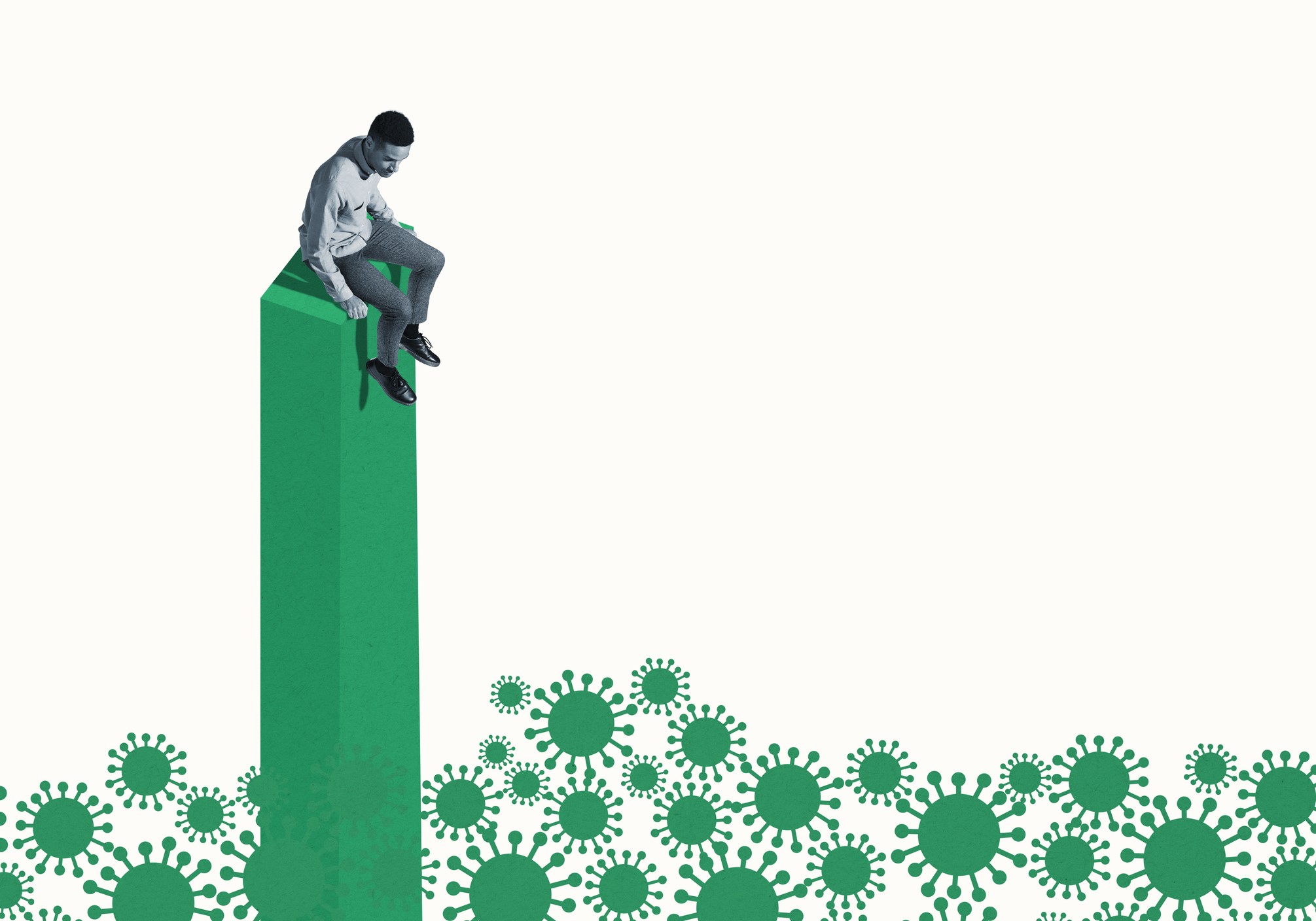Psychosocial Factors Impact Workers’ Comp Physical Therapy Outcomes

Psychosocial factors are a factor in poorer outcomes for physical therapy of workers’ comp claimants with low back pain, according to a recent study from the Workers Compensation Research Institute (WCRI).
The study, which examined the prevalence of such factors and their association with functional improvement in patients, may encourage broader use of screening tools to identify patients at risk for poor outcomes who would benefit from targeted intervention.
“Despite the growing recognition of the importance of psychosocial factors in recovery, there remains a lack of comprehensive understanding of their prevalence, impact, and potential interventions, especially within the workers’ compensation system. This study aims to fill some of these gaps,” said Sebastian Negrusa, vice president of research at WCRI.
Occupational treatment and disability guidelines have long recommended routine screening for psychological distress, the study’s authors noted. Psychosocial factors can include, for example, poor recovery expectations after an injury, fear of pain due to movement, perceived injustice, pessimism, having low levels of motivation, or lack of family or community support, among others.
Brief screening tools have been instrumental in identifying psychosocial risk factors, thereby aiding in prognosis and pinpointing patients who may benefit from targeted interventions.
The study found that psychosocial risk factors were common among workers’ compensation patients, based on screening tools used to identify psychosocial risks in patients with musculoskeletal injuries.
One in three had high scores on the Keele STarT Back Screening Tool (SBST) psychosocial subscale, while about half exhibited high levels of fear avoidance and negative coping on the Screening for Pain Vulnerability and Resilience (SPARE) tools. Additionally, 12% had high levels of negative mood on SPARE tools, and half of the patients had high levels of fear avoidance of physical activities on the Fear-Avoidance Beliefs Questionnaire (FABQ) physical activity scale.
The study also revealed a strong association between psychosocial risk factors and functional outcomes. Functional improvement was measured as a change in a patient’s self-reported functional status (FS) score between the last and first physical therapy visit. The FS score change was significantly lower in workers’ compensation patients with high levels of psychosocial risk factors.
The prevalence and association of psychosocial risk factors were higher in workers’ comp patients compared to those with private insurance. This partly explains the difference in physical therapy outcomes between the two groups reported in previous WCRI research, the study’s authors said. The FS score change was three times larger (14.4 vs. 5.2) in privately insured patients compared to workers’ compensation patients with high fear avoidance, negative coping, and negative mood.
The implications of these findings are far-reaching. Screening tools can be helpful in identifying workers at risk for poorer physical therapy outcomes. Early assessments and targeted interventions are associated with a faster return to work and improved worker outcomes.
“Better engagement, assessment, and treatment of psychosocial risk factors could potentially improve functional outcomes of physical therapy and potentially reduce disability duration and medical costs for low back pain in the workers’ compensation system,” the study’s authors said.
The WCRI study underscores the need for a holistic approach to physical therapy, one that takes into account not just the physical, but also the psychological aspects of recovery.
To learn more about the study, visit the WCRI website. &










